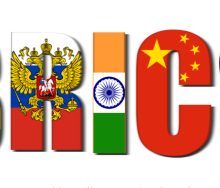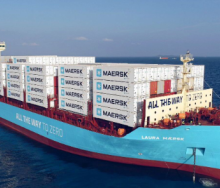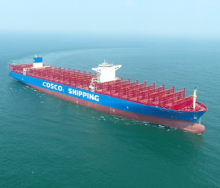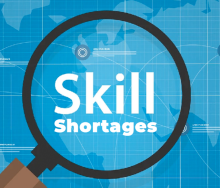The recent earthquake in Taiwan has affected the island nation’s semiconductor manufacturing industry, particularly Taiwan Semiconductor Manufacturing Company (TSMC), the world's largest chipmaker.
TSMC operates 14 sites on the island and several construction developments.
The earthquake forced TSMC to evacuate some areas and pause production at some of its fabrication facilities (fabs) on the West Coast.
While some production lines have been affected, TSMC has stated that equipment in Taiwan fabs has largely been fully recovered, with a majority of tools recovering within 10 hours of the earthquake.
Moreover, the Port of Hualien, which was worst affected by the recent earthquake, is not a major hub for semiconductor supplies sent to the US.
The earthquake caused severe damage to buildings and infrastructure, leading to significant disruptions, including the breaking of the Calypso Rope at Pier 25 of the port and damage to various other piers.
Elsewhere, equipment was damaged at certain facilities, partially impacting operations.
TSMC is a crucial player in the global semiconductor supply chain, as it is responsible for 92% of the world's most advanced chip production and 18% of global semiconductor manufacturing capacity.
The earthquake's impact on TSMC could have ripple effects on global chipmakers, including Apple, Nvidia, Samsung, and Amazon, all of whom rely on TSMC for chip production.
The 7.7-magnitude quake could impact 58 000 parts that feed into 21 000 products in multiple sectors, primarily affecting lower-tier suppliers. Any production delays could take weeks or months to absorb.
Despite the disruption, TSMC has maintained its full-year revenue guidance of low- to mid-twenties percentage growth, indicating that the impact of the quake on its 2024 revenue is expected to be limited.
The quake underscores the importance of redundancies in the global semiconductor supply chain, as relying on one company, one country, or one region for output can lead to significant disruptions.
Experts suggest that diversifying suppliers from a geographic standpoint can help make supply chains more resilient in such situations.












